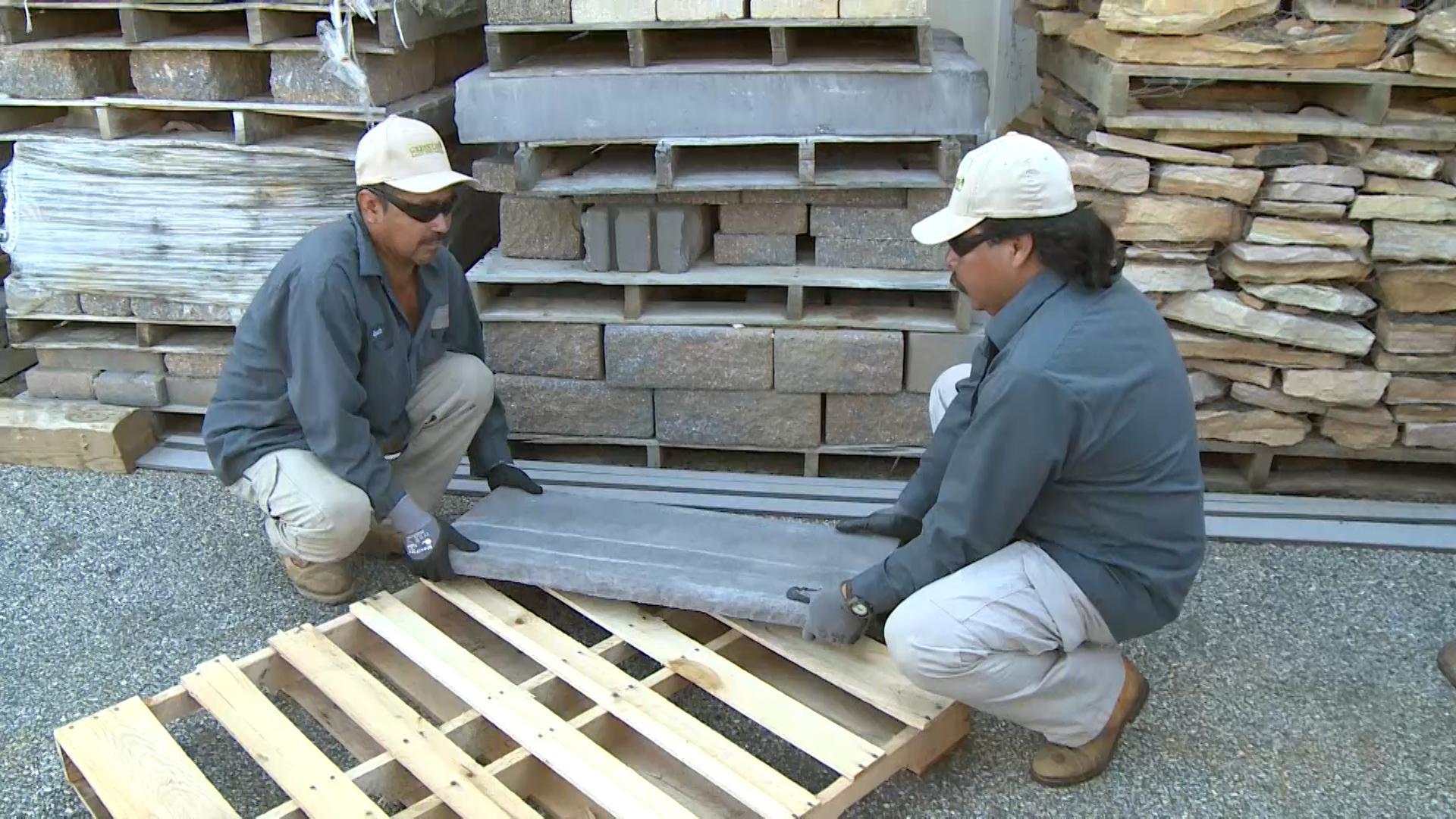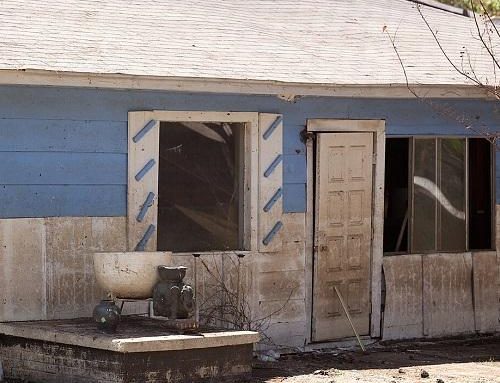Construction sites can be hazardous places, and one of the biggest risks for workers is the risk of injury from improper lifting techniques. Every year, thousands of construction workers suffer from musculoskeletal disorders (MSDs) caused by lifting heavy objects, and these injuries can lead to lost time, reduced productivity, and increased workers’ compensation costs.
To help businesses reduce the risk of injury and keep their employees safe on the job, here are some tips for safe lifting in construction environments:
- Assess the load: Before lifting any object, it’s important to assess its weight and size to determine the best lifting technique. Consider factors like the distance the object needs to be carried, the stability of the load, and any uneven surfaces.
- Use proper lifting techniques: When lifting, be sure to bend at the knees and keep your back straight. Hold the load close to your body and keep your feet shoulder-width apart for balance. Avoid twisting or turning while lifting, and use your leg muscles to lift rather than your back.
- Use mechanical aids: When possible, use mechanical aids like cranes, hoists, or forklifts to move heavy objects. These devices can help reduce the risk of injury and make the lifting process easier.
- Get help: Don’t be afraid to ask for help if you’re lifting something that is too heavy or awkward to handle on your own. It’s better to take the time to get assistance than to risk injury.
- Wear proper protective equipment: To help prevent injuries, be sure to wear the appropriate protective equipment, including gloves, hard hats, and safety glasses.
- Use proper lifting equipment: In addition to mechanical aids, there are other types of lifting equipment that can help workers safely lift and move heavy objects. For example, slings, hoisting straps, and other lifting devices can help distribute the weight of the load evenly and reduce the risk of injury.
- Train workers on proper lifting techniques: Make sure your workers are trained on the proper lifting techniques and use of mechanical aids. This can help prevent injuries and ensure that everyone on the job site is following safe practices.
- Regularly maintain equipment: Regularly inspect and maintain all lifting equipment to ensure it is in good working condition. This can help prevent accidents and injuries caused by equipment failure.
- Create a safe work environment: Take steps to create a safe work environment by keeping the work area clean and organized, providing adequate lighting, and making sure walkways are clear of debris.
- Encourage workers to speak up: Encourage your workers to speak up if they feel uncomfortable or unsafe while lifting. It’s better to take the time to reassess the situation and find a safer solution than to risk injury.
By following these tips and using common sense, businesses can help ensure that their workers are safe on the job and reduce the risk of injury from lifting heavy objects. Proper lifting techniques are essential to maintaining a healthy and productive workforce, and they can help businesses avoid costly workers’ compensation claims and lost time. So, it is very important to follow these tips to keep your employees safe and to ensure the smooth functioning of your business.
Do you need Online Construction Safety Training?
Try a free demonstration of Safe Lifting in Construction Environments










